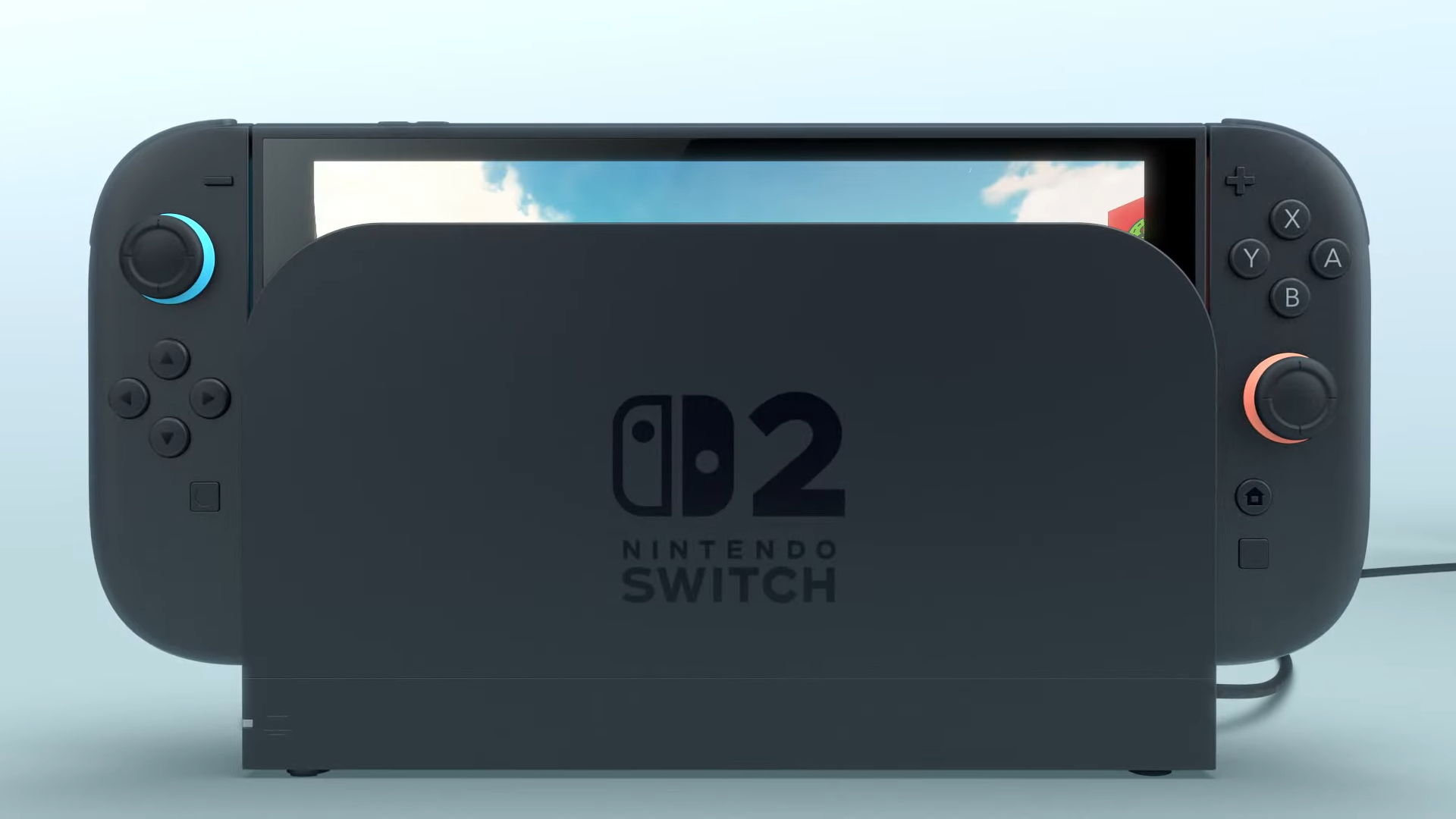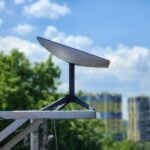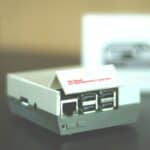The Nintendo Switch 2 is poised to be Nintendo’s most premium console release yet, both in terms of hardware and price. While excitement for the new hybrid system is high worldwide, pricing disparities between regions have stirred controversy and uncertainty- especially among gamers in Europe and the US.
European countries will see the highest prices on the Switch 2, with averages coming in between $600 – $680 when converted to USD. This is due to higher taxes and distribution costs across European regions. As far as the USA, Nintendo hasn’t fully announced how they will be handling new tariffs but they did delay their original pre-sale date so there have been rumors over what the final pricing will end up being.
Japan Gets the Best Deal
Nintendo’s home turf remains the most affordable market for the Switch 2. The base model will retail for ¥49,980 (around $340 USD), with an international version priced at ¥69,980 (~$479 USD). Notably, even the international edition—meant for import and multilingual support—still undercuts many Western prices. This price advantage isn’t new; Japanese consumers often enjoy lower launch prices, partially due to local production advantages and a different pricing philosophy by Nintendo.
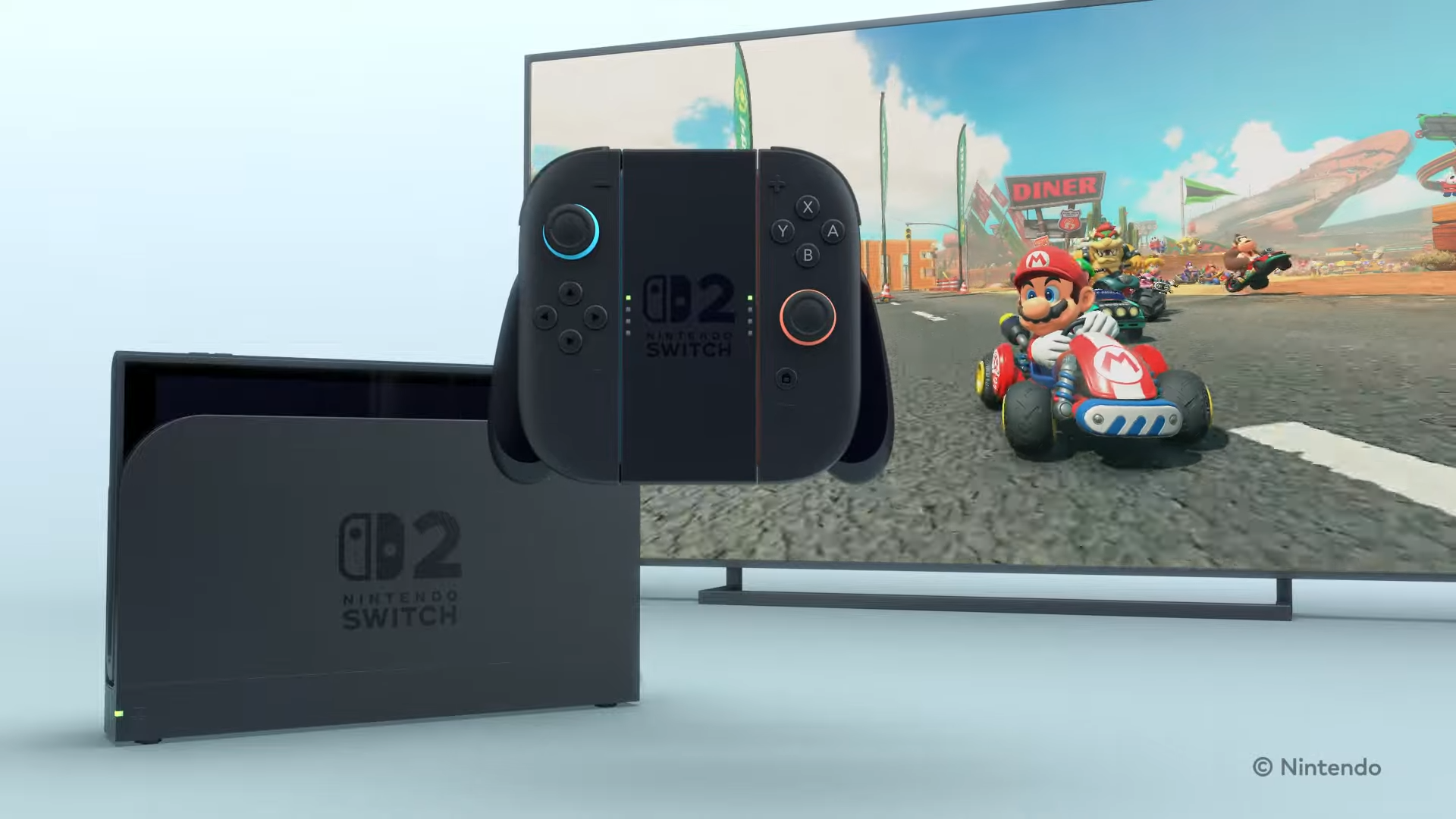
U.S. Pricing: Tariffs and Inflation Bite
In the United States, the official price is set at $449.99, but that’s before sales tax. Including tax, most Americans will pay around $482 or more, depending on their state. There’s additional uncertainty looming: recent tariffs on electronics imported from countries like China and Vietnam could raise costs by another $50–$100 per unit if Nintendo opts not to absorb those fees. These trade tensions have already delayed pre-orders in some regions.
Europe: The Highest Regional Pricing
European gamers are seeing the worst of it. The Switch 2 is launching at €469.99 in Germany (roughly $518 USD), while Finland is facing prices as high as €589.99 (~$650 USD). In Scandinavia, the situation is even more extreme. Swedish and Norwegian pricing brings the console to the $600–$680 range, largely due to VAT, high import duties, and currency exchange effects. Even the UK, outside the Eurozone, isn’t spared—with a launch price of £395.99 (around $510 USD).
Global Price Comparison
| Country | Local Currency | Price In USD |
|---|---|---|
| United States | $449.99 | $449 USD |
| Canada | C$629.99 | $447 USD |
| United Kingdom | £395.99 | $510 USD |
| Germany | €469.99 | $518 USD |
| Finland | €589.99 | $650 USD |
| Denmark | 4,249 DKK | $629 USD |
| Sweden | 6,795 SEK | $680 USD |
| Norway | 6,695 NOK | $616 USD |
| Japan (JP Language) | ¥49,980 | $342 USD |
| Japan (Intl. Version) | ¥69,980 | $479 USD |
| South Korea | ₩648,000 | $443 USD |
| Australia | A$699.95 | $430 USD |
| New Zealand | NZ$799.99 | $452 USD |
Source: Reddit | Note that pricing in the USA does not include sales tax (if any) and possible tariff related increases.
What’s Driving the Regional Price Differences?
- Tariffs and Trade Policy: New tariffs in the U.S. on imported electronics from Asia are forcing price hikes or production relocations.
- Inflation and Exchange Rates: The weakening Japanese yen helps offset inflation there, while Europe’s strong VAT and weaker purchasing power push prices higher.
- Localization and Import Costs: Different packaging, manuals, software support, and compliance with local laws often inflate European prices.
- Retail Markup and Taxation: Scandinavian countries have some of the highest VAT rates globally, directly impacting shelf prices.
Game Prices Add More Pressure
It’s not just the console that’s costing more—games are too. Japanese buyers will pay around ¥8,980 ($61) for physical titles, and even less for digital downloads. In contrast, European prices are peaking at €90 (~$97 USD) for physical versions, especially for launch titles like Mario Kart World. In the U.S., those same games are expected to cost $69.99 to $79.99 at launch.
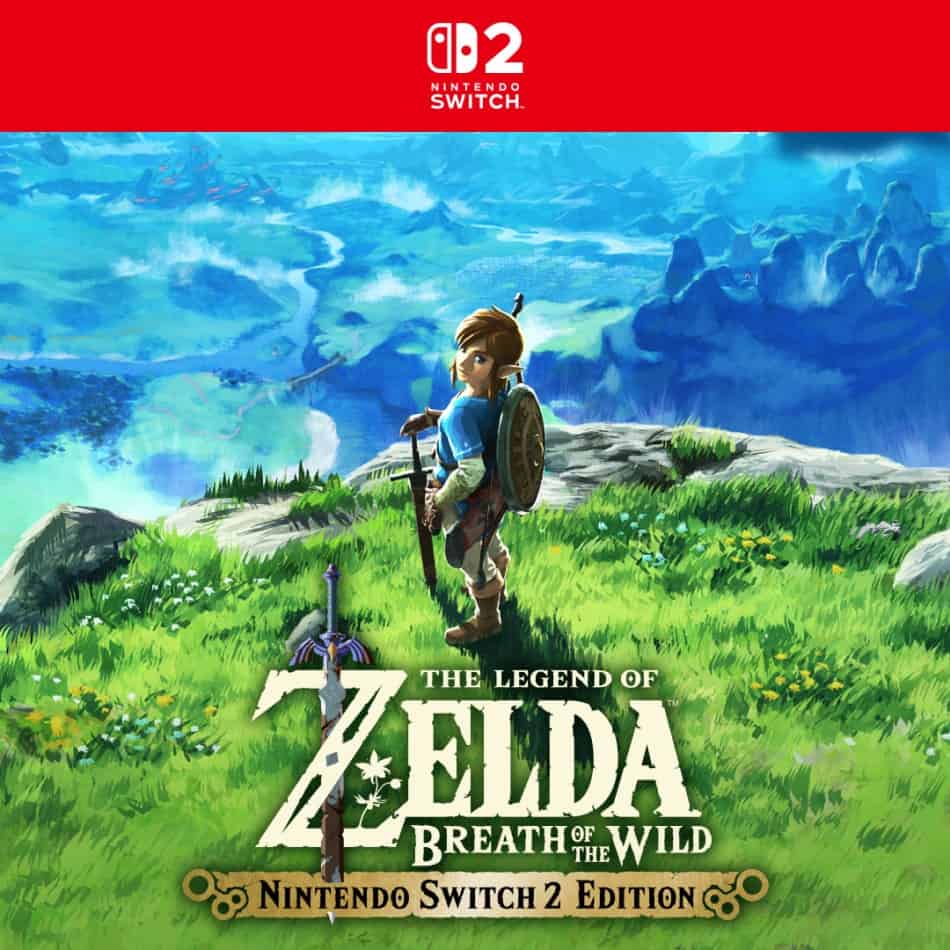
The Bottom Line
The Nintendo Switch 2 is launching into a complex global economy where inflation, currency swings, and tariffs are redefining how much gamers pay—depending on where they live. While Japanese consumers enjoy favorable pricing, buyers in Europe and North America should brace for significantly higher costs. The difference isn’t just in the sticker price—it reflects broader economic forces that could shape the global gaming market for years to come.
Key Takeaways
- The Nintendo Switch 2 will be approximately $110 cheaper in Japan than in the USA, creating a significant regional price disparity.
- Japanese consumers would spend a smaller percentage of their monthly income on the console compared to American or European buyers.
- Game prices follow a similar trend with Japanese customers paying less for both digital and physical copies of Switch 2 titles.
Market Analysis for Nintendo Switch 2 Pricing
The Nintendo Switch 2 pricing strategy reveals significant regional variations influenced by market conditions, competition, and economic factors. These differences create notable price gaps between Japan and Western markets.
Price Influences in Europe and the USA
Nintendo’s Switch 2 pricing in Europe and the USA shows marked increases over the original console. In Europe, the device is priced at €469.99, which converts to approximately $518 USD. American consumers face a $450 price tag, representing a $150 increase from the original Switch’s $300 launch price.
Multiple factors drive these higher prices. Potential tariffs have complicated Nintendo’s pricing strategy, particularly with proposed reciprocal tariffs from the Trump administration affecting imported electronics.
Inflation and increased production costs also play significant roles. Industry analyst Piers Harding-Rolls from Ampere Analysis suggests these economic pressures have forced Nintendo to adjust pricing upward in these regions to maintain profit margins.
Japan’s Competitive Price Point
The Japanese market enjoys substantially lower pricing for the Switch 2. At ¥49,980 (approximately $342 USD), Japanese consumers pay about 35% less than American customers, a significant increase from the price difference seen with the original Switch.
This aggressive pricing reflects Nintendo’s strategy to protect its home market, where competition from mobile gaming is intense. Aligning Japanese prices with American ones would dramatically weaken Nintendo’s position in Japan.
Games for the system also follow similar patterns, with titles like upcoming Nintendo exclusives priced at ¥7,980-¥8,980 in Japan ($54-$61), while reaching $70 in Western markets.
Pre-Order and Launch Details
Nintendo’s pricing strategy for the Switch 2 has created significant regional disparities, with pre-order processes and launch plans varying across markets. Recent announcements have revealed important information about timing and availability.
Global Launch Date Expectations
The Nintendo Switch 2 is generating buzz as its anticipated release approaches. While Nintendo hasn’t confirmed an exact global launch date, industry analysts expect a coordinated worldwide release similar to the original Switch.
Recent developments suggest possible delays in some regions. In particular, Nintendo has pulled Switch 2 pre-orders in the US due to concerns about Trump tariffs. This unexpected move has created uncertainty in the North American market.
Japanese customers appear positioned for the earliest access, with their pre-order system already running smoothly. European launch dates remain consistent with initial projections despite the higher price points in that region.
Pre-Order Trends and Insights
Pre-order processes have revealed interesting patterns across regions. In the US and Canada, Nintendo has established a priority system for pre-orders. The company confirmed a new date for the first batch of pre-order invitations following the tariff-related delay.
Japanese consumers have enthusiastically responded to the ¥51,800 price tag (approximately $350), which is significantly lower than other regions. This price difference of about $120 compared to the US has driven strong pre-order numbers in Japan.
Pre-order bundles that include games like Mario Kart World are particularly popular despite the game’s $79.99 price point in the US. Early data suggests the Switch 2 may surpass initial pre-order records set by its predecessor despite the higher price points.
Consumer Demand and Product Offerings
The Switch 2 pricing strategy reflects Nintendo’s understanding of regional market dynamics and consumer expectations. Regional price differences will likely affect how different versions of the console are packaged and sold worldwide.
Game Bundles and Editions
Nintendo plans to offer various Switch 2 bundles to appeal to different consumer segments. In Japan, where the console is significantly cheaper, basic bundles may come with fewer accessories but at a more attractive price point.
For Western markets, premium bundles featuring anticipated titles like Mario Kart World will likely command higher prices. Industry analysts predict these bundles could retail for £75 more than the base console in the UK and Europe.
The Japanese version, while priced around $343 (approximately 35% less than US prices), comes with limitations. It only supports Japanese language and won’t function outside Japan, making it less appealing for international buyers.
Additional Hardware and Accessories
Nintendo’s accessory strategy for Switch 2 will likely mirror the regional pricing approach of the console itself. Premium controllers, carrying cases, and charging docks are expected to be priced higher in the US and Europe compared to Japan.
Physical games for the Switch 2 will follow similar pricing patterns. In Japan, physical copies will cost approximately ¥8,980 (around $61) while digital versions will be priced at ¥7,980 (about $54), according to analysts.
New features like enhanced Gamechat capabilities may require additional hardware components in certain regions. These components could be bundled with deluxe editions in Western markets but sold separately in Japan to maintain the lower base price point.
Comparative Analysis with Competitors
The Switch 2 pricing strategy reveals interesting patterns when compared to other major gaming platforms. Regional price differences appear more pronounced for Nintendo than for its competitors.
Nintendo vs. Sony: The PlayStation 5 Case
When comparing Nintendo’s pricing strategy to Sony’s PlayStation 5, several key differences emerge. The PS5 maintains more consistent global pricing than the Switch 2.
While the Switch 2 is significantly cheaper in Japan than in the US by approximately 35%, the PS5 shows less regional variation. This represents a much larger gap than what occurred with the original Switch launch.
Sony typically adjusts pricing based on:
- Local taxes
- Import duties
- Currency fluctuations
Despite both being Japanese companies, Nintendo shows stronger home market preference in pricing. This may relate to Nintendo’s deeper Japanese market integration compared to Sony’s more global approach.
Vietnam and other Southeast Asian markets often see higher prices for both systems due to import regulations.
Market Performance and Predictions
Analysts suggest these pricing differences will impact regional sales performance. The Switch 2’s higher price point of $450 represents a strategic balancing act between profitability and market adoption.
Japanese consumers may see faster adoption rates due to favorable pricing. European gamers face the steepest costs, potentially slowing initial sales in these regions.
Gaming industry experts predict:
- Strong initial Japanese sales
- Moderate US adoption
- Slower European uptake
Game pricing follows similar patterns, with European digital titles costing €70 compared to lower prices in Japan. This compounds the total cost difference between regions.
The purchasing power disparity is notable, as US consumers typically have higher purchasing power yet receive more favorable pricing than European counterparts.
Frequently Asked Questions
The Nintendo Switch 2 is expected to have significant price differences between regions. Japan will likely offer the most affordable pricing while European and American consumers may pay premium rates for the same console.
What is the anticipated price point for the Nintendo Switch 2 in European markets?
The Nintendo Switch 2 is expected to be priced higher in European markets compared to other regions. Based on current information, European consumers may see prices around €70 for games in their region.
Physical and digital copies might have different pricing structures in European countries. This pricing strategy follows Nintendo’s pattern of regional price variations seen with previous console generations.
European prices typically include VAT taxes, which contributes to the higher overall cost compared to other markets.
Will the Nintendo Switch 2 experience regional pricing variations upon release?
Yes, the Nintendo Switch 2 will have notable regional pricing variations. Japan is positioned to have the lowest pricing at approximately $343, while the US and European markets will see substantially higher price points.
This regional price difference represents a 35% increase when comparing Japanese pricing to US pricing. This gap is larger than what was seen with the original Nintendo Switch launch.
Different versions of the console might also affect pricing in various regions.
What factors may contribute to the Nintendo Switch 2’s higher pricing in the US compared to Japan?
The significant price difference between Japan and the US can be attributed to several factors. Import costs, distribution expenses, and market-specific pricing strategies all contribute to higher US prices.
The US version includes additional features not found in the basic Japanese model. Japan offers a region-locked, Japanese-language only version at lower cost, while the US receives a fully internationalized console.
Nintendo’s home market of Japan often benefits from more competitive pricing as part of their domestic market strategy.
Are there any expected import duties or taxes that will affect the Nintendo Switch 2’s price in Europe and the USA?
Import duties and taxes will significantly impact the Nintendo Switch 2’s final retail price in European countries and the USA. European countries apply Value Added Tax (VAT) which typically ranges between 17-27% depending on the specific country.
The USA applies import tariffs on electronics from manufacturing countries. These additional costs are usually passed on to consumers through higher retail prices.
Regional distribution networks and localization costs further contribute to price increases outside Japan.
Is there a possibility of purchasing the Nintendo Switch 2 at a lower cost in Japan for use abroad?
While the Nintendo Switch 2 is significantly cheaper in Japan, importing it for use abroad comes with significant limitations. The basic Japanese model is designed to only support the Japanese language.
Nintendo has implemented region-locking features that prevent the lower-priced Japanese console from functioning properly outside Japan. This restriction represents a departure from the original Switch’s region-free approach.
Japan does offer a multi-language version priced at around $470, which is closer to international pricing.
How will exchange rates influence the Nintendo Switch 2 pricing for consumers in Europe and the USA?
Exchange rates will play a crucial role in determining the final consumer prices across different regions. Fluctuations between the yen, dollar, and euro directly impact retail pricing and perceived value.
Consumers in countries with weaker currencies relative to the Japanese yen may experience higher effective prices. Nintendo typically sets prices in each region’s local currency rather than using direct currency conversions.
Exchange rate trends between announcement and release date could potentially shift the relative pricing advantage between regions.

